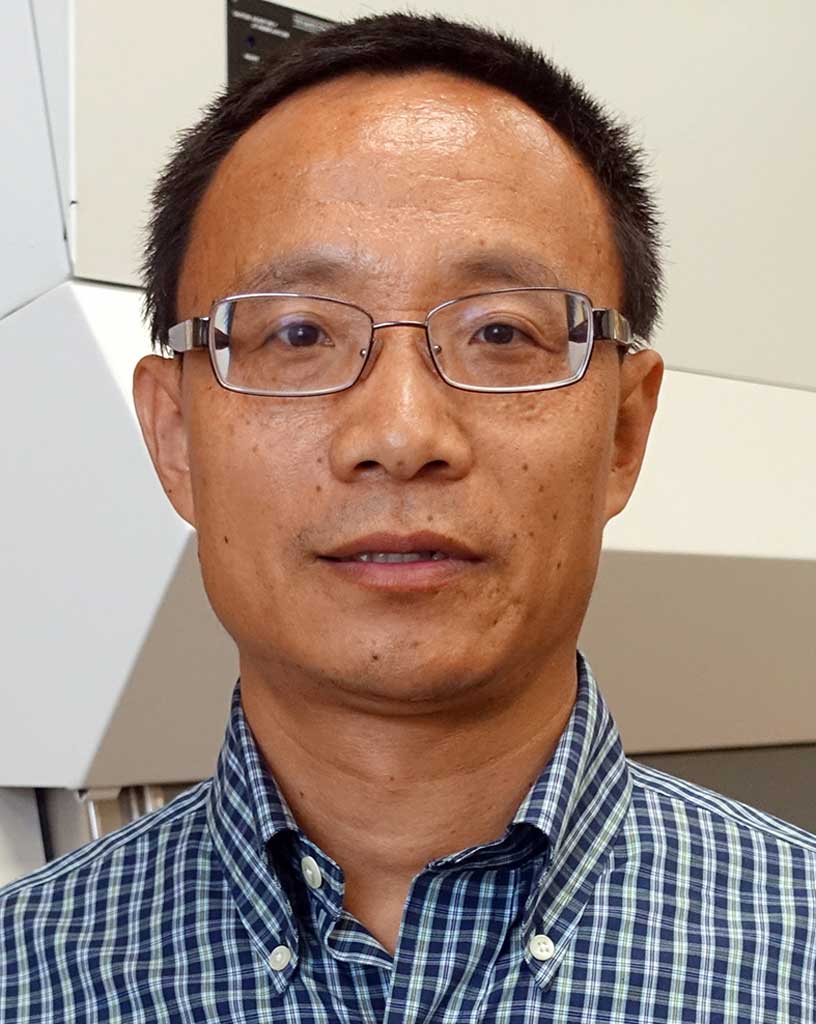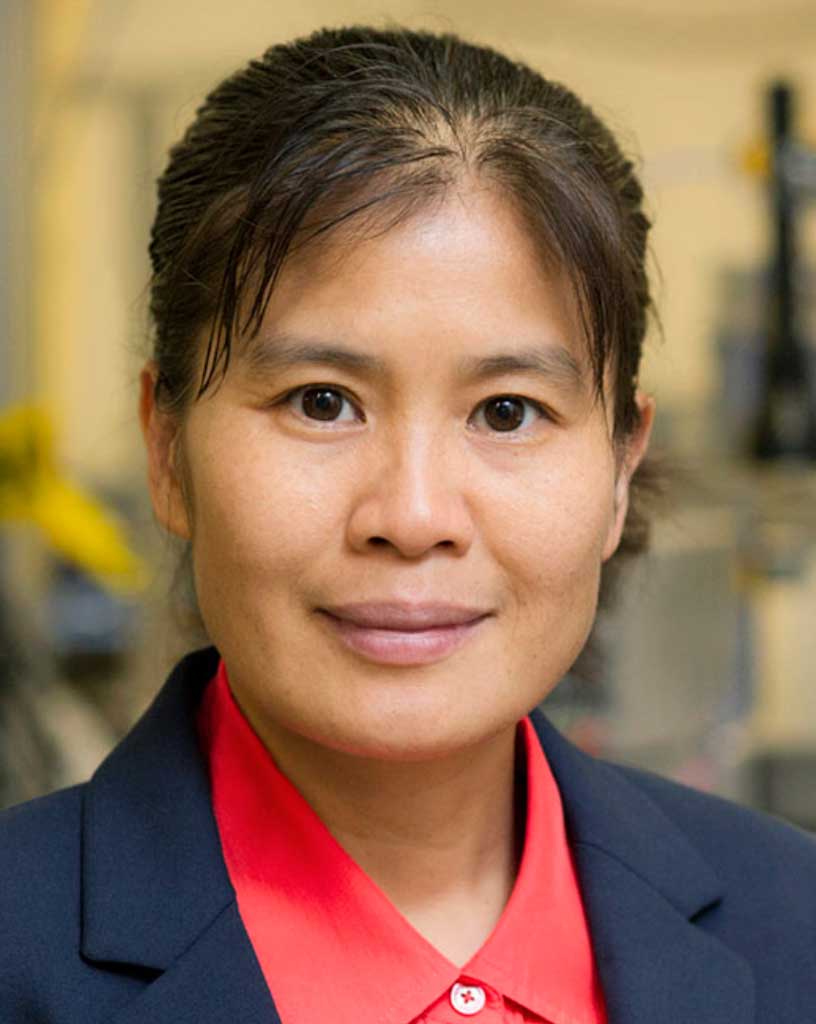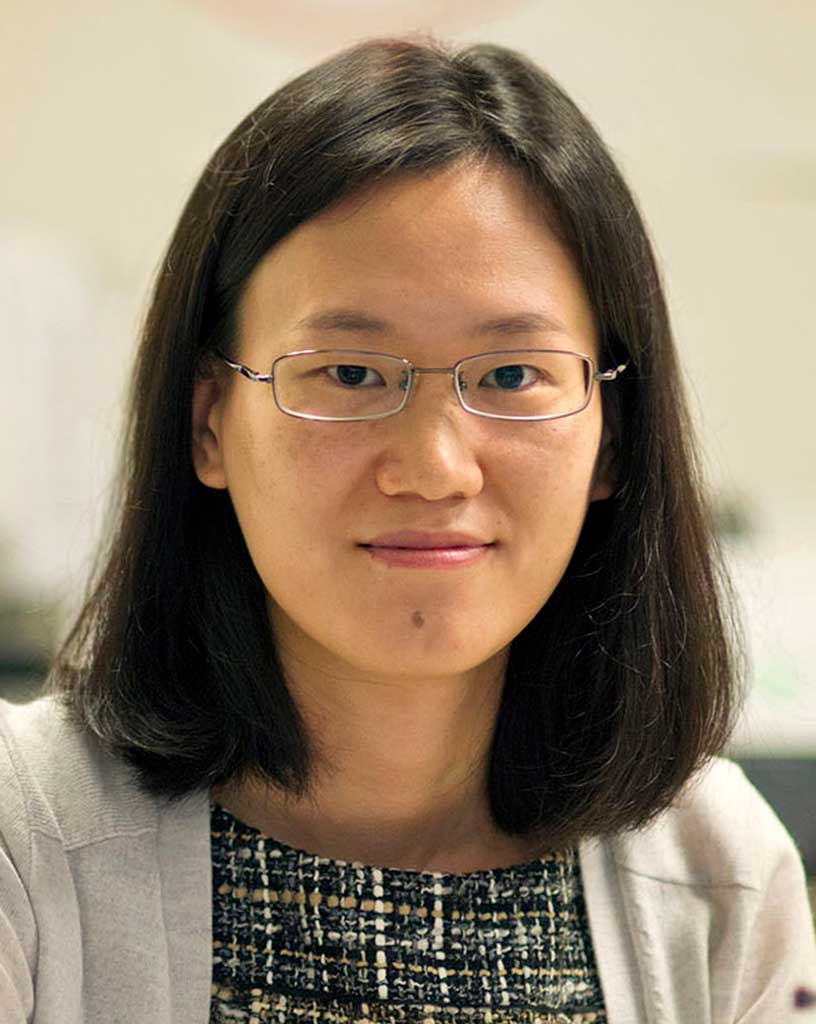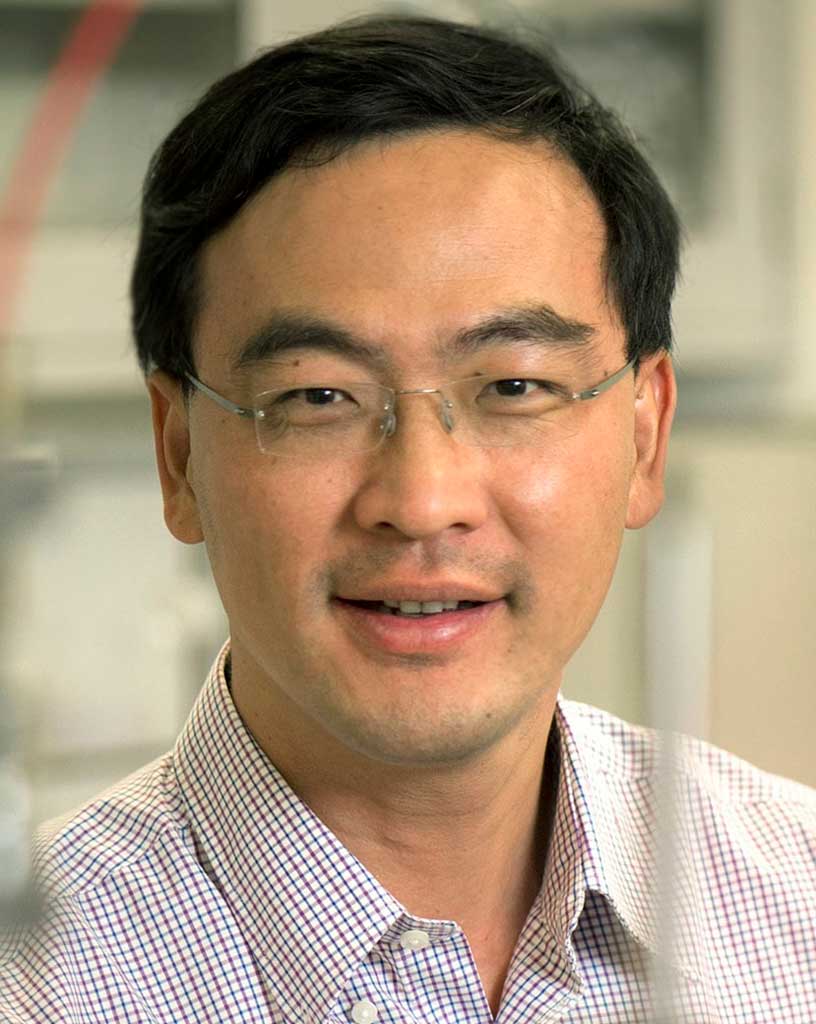634 Nedderman Hall
Box 19019
416 Yates Street
Arlington, TX 76019-0019
Photonics
Recent Highlights
Research Highlights
Extremely efficient lasers
Determining the minimum amount of energy required to develop high-speed and energy-efficient lasers based on nanophotonic cavities and nanostructured materials for integrated photonic chips.
High brightness lasers
Developing high-power high-brightness semiconductor lasers based on photonic crystal cavities, with applications in LiDAR and defense areas.
Photonic lattices
Investigating the fundamental physics of how light is contained within photonic lattices, specifically band flips and bound states in leaky-mode resonant photonic lattices.
Longwave infrared photonic devices
Developing nanophotonic devices that will work in the longwave infrared spectral region, which is the range in which thermal radiation is emitted. These devices could be used in thermal imaging, sensors for medical diagnostics, chemical analyses and environmental monitoring, among other applications.
Bioresorbable optical brain implant sensors
Developing an implantable optical probe that can be inserted in the brain and used to monitor brain function after traumatic injuries or surgeries, then be absorbed by the body.
Integrated quantum chips
Addressing the challenges of large-scale deployment of quantum communication systems by developing chip-integrated devices and sub-systems for preparation and detection of quantum photonic signals.
Noninvasive lung cancer detection
Developing a non-invasive means to detect early stage lung cancer through biomarkers in a patient’s breath instead of invasive biopsies, saving patients from pain, stress and extended waits for a diagnosis.
Droplet lasers and ultrasensitive detection at the liquid-liquid interface
Developing bio-compatible and bio-configurable optofluidic droplet lasers that are self-assembled at the liquid-liquid interface to achieve exceptional detection sensitivity, selectivity, and throughput in various biological and biomedical sensing applications.
Label-free protein target screening for cancer immunotherapy
Developing a single molecule hybrid optical-electrical sensor that can identify which biomarkers are present to activate the immune system against the tumor in each patient. This technology is intended to help biotech develop personalized cancer vaccines.
Secure communication links
Helping to make the Internet safer by increasing by tenfold the amount of information that can be securely transmitted by encoding the information in spatial features or pixels of the photons that will be sent through multimode fiber-optic lines, thus dramatically increasing the amount of received data without jeopardizing security.
Simultaneous radial and axial absorbance and fluorescence detection in liquid chromatography
Developing a new type of simultaneous absorbance and fluorescence measurement, as well understand the nature of dispersion of an analyte band as it flows through a tube. Novel approaches to photothermal absorbance measurements are also being studied.
Optical imaging probes for disease detection
Developing optical probes and portable imagers for detecting various diseases, such as cancer, inflammatory responses and infection, by combining and translating both photonic and nano technology for clinical application.
Ultra-sensitive detection of environmental contaminants using surface enhanced Raman scattering
Developing an optical sensor to in-situ continuously monitor the organic contaminants in drinking water. Ultra-sensitivity of such devices could send an alert before the contamination becomes hazardous to public health.
Resources
Shimadzu Nanotechnology Research Center
A 10,000-square foot class 1000 cleanroom user facility for micro- and nano-scale structure and device fabrication.
Optoelectronic Device Modeling and Characterization Lab
Simulation tools include COMSOL Multiphysics simulation package, Complete RSoft Optical Simulation Package, RCWA, FDTD. Major device testing tools include Optical spectroscopy covers UV (<200 nm) to Far infrared (15 um), from room temperature down to 8K, from cw to time-resolved, from large samples to nanostructures. Characterization of photonic crystal structures and cavities, semiconductor optoelectronic devices, 26.5 GHz high speed lightwave network analyzers, Ficontec automatic optical assembly and characterization tool, micro transfer printing processes for heterogeneous integration, probe stations and high speed test setups, micro-FTIRs, optical beam characterization, lapping and polishing capabilities.
Nonlinear Optics and Optical Communications Lab
Fully equipped for optical and electrical testing of novel devices as well as direct-detection and coherent optical communication links at up to 32 GBaud over distances ranging from micrometers to thousands of kilometers. Light sources include hundreds of cw, pulsed (as short as 125 fs), and tunable (from visible to mid-IR) lasers, as well as broadband and high-power optical amplifiers. Detectors include optical spectrum analyzers; visible, short- and mid-IR cameras, single-photon-sensitive EMCCD; single-photon avalanche photodiode modules; direct-detectors with up to 18 GHz bandwidth and coherent dual-polarization IQ detectors with 70 GHz bandwidth. Hundreds of kilometers of various types of optical fiber, as well as numerous components (e.g., fiber-optic multiplexers, couplers, filters, attenuators, polarizers, wavelength-selective switches, spatial light modulators). Waveguide coupling station with 10-nm resolution.
Tissue Optics Lab
Available technologies include single molecule sensors for protein-protein interactions, two-photon microscopy for imaging sub-cellular structures, and diffuse reflectance probes to map tissue hemodynamics along with computational resources for data analyses.
Clinical Translation Lab
The laboratory has complete cell culture, bacterial culture, histology, surgical equipment and bioimaging facility designed to carry out various in vitro and in vivo tasks.
Optofluidics Lab
Optical characterization, laser spectroscopy, and fluorescence spectroscopy. Soft lithography. Microfluidic handling and control. Micro-gas chromatography.
Nanolithography Laboratory
A 266-nm laser interferometer capable of recording ~10-cm2 periodic patterns in a single shot with periods of 300 nm or larger and duty cycles ranging from 0.2 to 0.8. Patterning of both 1D and 2D periodic layers is easily and routinely accomplished. Arrays of devices on wafers up to 6 inches in diameter can be fabricated. Sources and spectrum analyzers exist for the 400- to 2500-nm wavelength band and an FTIR spectrometer measures spectra out to 30 um. SEM, AFM, spectroscopic ellipsometer, RIE machine.
















